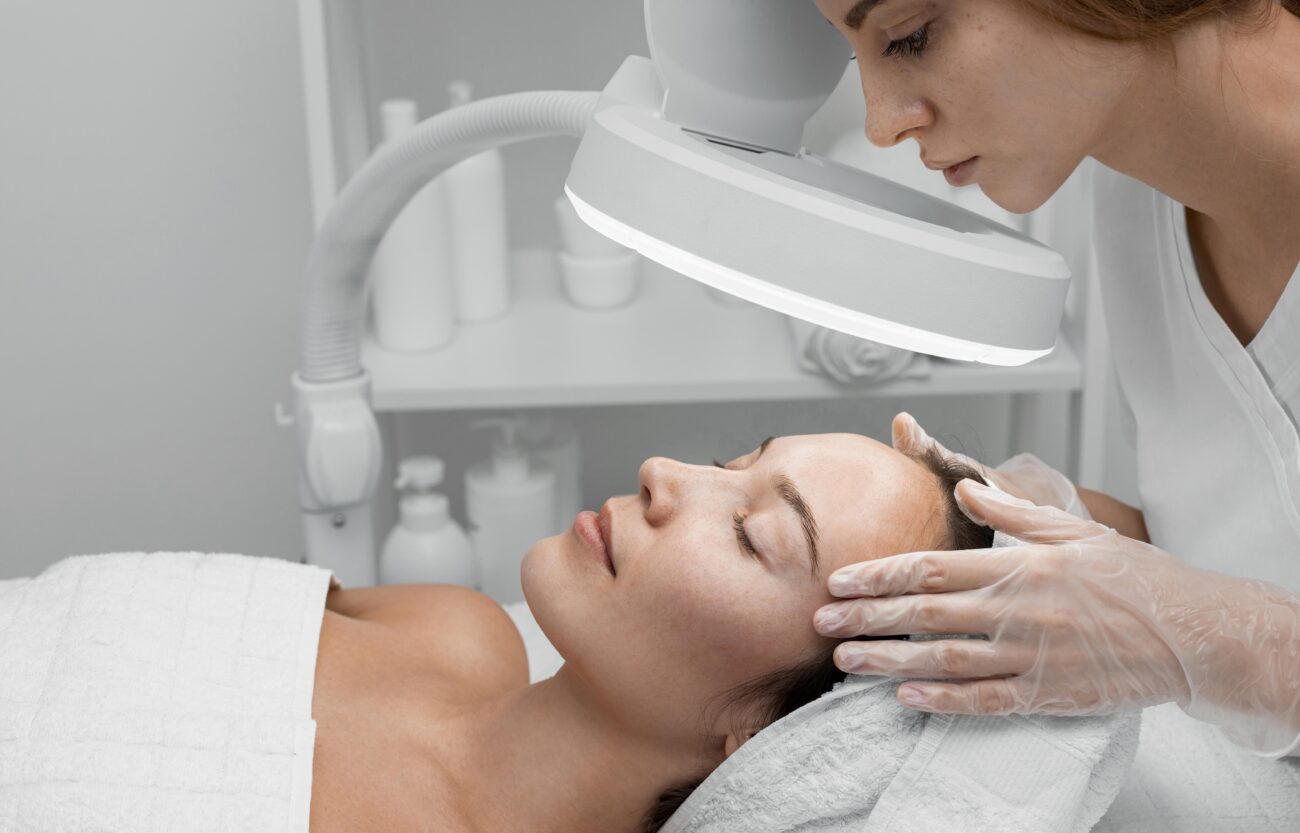What Is advanced skin rejuvenation technologies?
advanced skin rejuvenation technologies refers to various cosmetic procedures designed to restore a youthful, smooth, and radiant appearance. The aim is to reduce wrinkles, tighten loose skin, even out skin tone, and improve texture by stimulating collagen and removing damaged skin cells.
Why Technology Matters in Skin Rejuvenation
Gone are the days when basic facials were enough. Modern skin rejuvenation incorporates advanced technologies that use lasers, radiofrequency, light, and even cold to treat deeper skin layers. These innovations help to achieve longer-lasting, more noticeable results with less downtime.
1. Laser Resurfacing
Laser skin resurfacing is one of the most popular and effective technologies for comprehensive rejuvenation.
How It Works
This treatment uses concentrated beams of light to remove damaged skin layers and promote collagen growth. The two main types are:
-
CO2 Lasers: Best for deep scars and wrinkles.
-
Erbium Lasers: Better suited for milder concerns with minimal recovery time.
Benefits
-
Reduces deep wrinkles and fine lines
-
Smooths acne scars
-
Evens out pigmentation
Risks and Downtime
-
Redness and peeling for 7–10 days
-
Risk of hyperpigmentation
-
Sun sensitivity
2. Microneedling with RF (Radiofrequency)
This powerhouse combo enhances skin healing and boosts collagen production.
Procedure Breakdown
Tiny needles puncture the skin while RF waves heat underlying layers. The dual action stimulates skin tightening and regeneration.
Ideal Candidates
-
Those with early signs of aging
-
Acne scar sufferers
-
All skin tones (safer than laser for darker complexions)
3. IPL (Intense Pulsed Light) Therapy
IPL targets pigmentation, age spots, and broken capillaries without damaging the skin’s surface.
Treatment Areas
-
Face
-
Neck
-
Chest
-
Hands
It’s not technically a laser but uses broad-spectrum light to rejuvenate and improve skin tone.
4. Chemical Peels
These involve applying acid solutions to exfoliate dead skin cells and reveal smoother skin.
Depth Levels
| Type | Penetration | Use Case |
|---|---|---|
| Light | Epidermis | Dullness, acne |
| Medium | Upper dermis | Wrinkles, pigmentation |
| Deep | Mid-dermis | Severe sun damage |
Post-Peel Recovery
Expect peeling for 3–10 days. Hydration and sun protection are critical.
5. Ultrasound Therapy (Ultherapy)
This non-invasive treatment uses focused ultrasound energy to lift and tighten skin from deep within.
Key Benefits
-
Non-surgical facelift
-
Stimulates deep collagen production
-
Ideal for jawline, chin, and brow lift
6. LED Light Therapy
Different wavelengths target various skin issues.
-
Red Light: Stimulates collagen and reduces inflammation
-
Blue Light: Kills acne-causing bacteria
-
Near-Infrared: Improves blood flow and healing
It’s pain-free and can be done weekly.
7. Cryotherapy Facials
Cold exposure reduces puffiness, tightens skin, and boosts circulation.
Pros
-
No downtime
-
Quick results
-
Reduces pore size instantly
Comparing the Top Technologies
| Treatment | Downtime | Cost Range | Best For |
|---|---|---|---|
| Laser Resurfacing | 7–10 days | $1,000–$2,500 | Wrinkles, scars |
| Microneedling RF | 1–3 days | $500–$1,200 | Texture, pores |
| IPL | Minimal | $300–$600 | Redness, spots |
| Chemical Peel | 1–10 days | $150–$900 | Dullness, pigmentation |
| Ultrasound (Ultherapy) | None | $1,500–$4,000 | Sagging skin |
| LED Therapy | None | $50–$150/session | Acne, inflammation |
| Cryotherapy | None | $75–$250 | Puffiness, quick glow |
Cost Breakdown of Treatments
While prices vary by location and clinic, here’s a general guide:
-
Basic LED Facial: $50–$150
-
IPL Treatment: $300–$600
-
Microneedling with RF: $500–$1,200
-
CO2 Laser Resurfacing: $2,000+
Tip: Some clinics offer treatment packages for savings.
Who Should Avoid These Treatments?
Not all treatments are safe for everyone. Avoid or consult a dermatologist if you:
-
Have active infections or open wounds
-
Are pregnant or breastfeeding
-
Have keloid-prone skin
-
Take photosensitizing medications
Skin Rejuvenation Myths Debunked
-
Myth: Laser treatments thin your skin.
Fact: They actually boost collagen, thickening it over time. -
Myth: All peels cause pain.
Fact: Many light peels are virtually painless. -
Myth: You can’t get treatments in summer.
Fact: You just need diligent SPF use.
How to Choose the Right Treatment for You
Choosing the right treatment depends on:
-
Skin Concerns: Wrinkles vs. pigmentation vs. acne scars
-
Skin Type: Not all tech is suitable for darker skin tones
-
Budget and Downtime: Consider recovery time and cost
Always consult a certified dermatologist or aesthetician to tailor a plan to your goals.
FAQs
1. How soon will I see results from skin rejuvenation treatments?
Most patients notice improvement within 2–4 weeks, with full results appearing in 2–3 months depending on the treatment type.
2. Are these treatments safe for sensitive skin?
Yes, but sensitive skin types may benefit more from LED therapy or microneedling over harsher treatments like lasers.
3. Can I combine treatments?
Absolutely. Many patients combine peels with LED or microneedling with RF for enhanced results.
4. How long do the results last?
Depending on the treatment, results can last from 6 months (LED) to 2 years (Ultherapy).
5. Do these treatments hurt?
Most involve mild discomfort. Clinics usually apply numbing creams to reduce pain.
6. Where can I learn more about the science behind these technologies?
You can explore in-depth clinical studies on PubMed for credible information.
Conclusion
advanced skin rejuvenation technologies have revolutionized skincare, offering non-surgical options to look your best at any age. Whether you’re battling wrinkles, discoloration, or sagging skin, there’s a high-tech solution that’s right for you. Just remember: consult an expert, follow post-care instructions, and maintain a healthy skincare routine to prolong your results.

